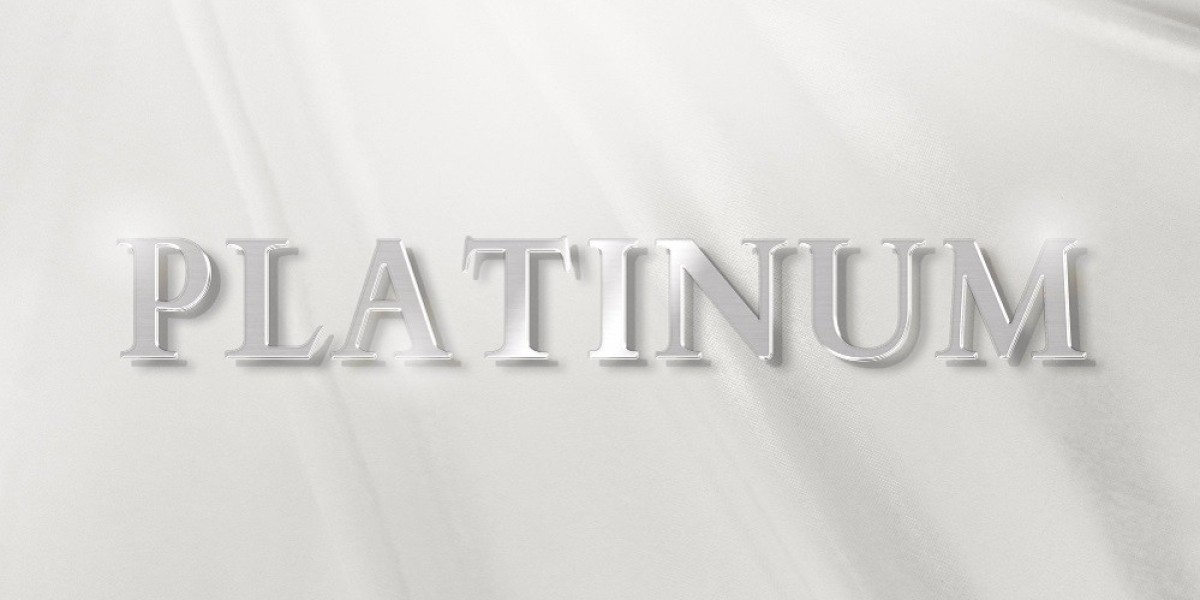The platinum market, like many other commodity markets, is heavily influenced by the global economy. Understanding the intricate relationship between economic indicators and platinum prices is essential for investors, traders, and industries that rely on this precious metal. This article explores how various aspects of the global economy impact platinum prices forecasts, providing insights into the key factors that drive price movements.
Overview of Platinum as a Commodity
Properties and Uses of Platinum
Platinum is a rare and valuable metal with unique physical and chemical properties. It is highly resistant to corrosion, has excellent catalytic properties, and boasts a high melting point. These characteristics make platinum indispensable in various industrial applications, including automotive catalytic converters, jewelry, electronics, and medical devices.
Market Dynamics
The platinum market operates within a complex global framework. Major producers of platinum include South Africa, Russia, and Zimbabwe, while key consumers are countries with significant automotive and industrial sectors, such as the United States, China, and Japan. The supply and demand dynamics of platinum are influenced by production levels, industrial demand, and investment trends.
Key Economic Factors Influencing Platinum Prices
Supply and Demand
The fundamental principle of supply and demand is a primary driver of the platinum price forecast. When the supply of platinum decreases due to production issues or geopolitical instability, prices tend to rise. Conversely, when supply is abundant and demand is weak, prices can fall. Understanding these dynamics is crucial for making accurate platinum price predictions.
Industrial Demand
Industrial demand for platinum is a significant factor in determining its price. The automotive industry, which uses platinum in catalytic converters to reduce vehicle emissions, is a major consumer. Changes in automotive production, driven by economic growth or contraction, directly impact platinum demand. Additionally, technological advancements in electronics and medical devices can spur demand for platinum, influencing its price.
Mining Production Levels
Fluctuations in mining production levels can cause significant shifts in the platinum market. Factors such as labor strikes, political instability, and environmental regulations in major platinum-producing countries can disrupt supply. For example, if mining operations in South Africa, which accounts for a large portion of global platinum production, are halted, the supply shortage can lead to higher prices.
Impact of Global Economic Indicators
GDP Growth Rates
Global GDP growth rates are closely correlated with platinum demand. Economic expansion typically boosts industrial activity, increasing the need for platinum in manufacturing and automotive sectors. Conversely, during economic downturns, reduced industrial output can lead to a decline in platinum demand. Analysts often use GDP growth rates as a key indicator in their platinum prices forecast.
Inflation Rates
Inflation rates affect the purchasing power of currencies, which in turn impacts commodity prices, including platinum. High inflation erodes currency value, making commodities more expensive in real terms. As investors seek to hedge against inflation, they may increase their holdings in precious metals like platinum, driving up prices.
Interest Rates
Interest rates set by central banks influence investment flows into commodities. Lower interest rates reduce the opportunity cost of holding non-yielding assets like platinum, making them more attractive to investors. Conversely, higher interest rates can lead to reduced demand for platinum as investors seek higher returns in interest-bearing assets. Changes in interest rates are a critical component of platinum price predictions.
Influence of Geopolitical Events
Political Stability
Political stability in major platinum-producing countries is essential for maintaining consistent supply levels. Political turmoil, such as strikes, protests, or government changes, can disrupt mining operations, leading to supply shortages and higher prices. For instance, political instability in South Africa has historically caused fluctuations in platinum prices.
Trade Policies and Tariffs
International trade policies and tariffs can significantly impact the platinum market. Tariffs on platinum imports and exports can alter trade flows, affecting supply and demand dynamics. Trade agreements between major economies can either facilitate or hinder the flow of platinum, influencing its price. Analysts closely monitor these policies when making platinum price forecasts.
Global Conflicts
Global conflicts and geopolitical tensions can lead to price volatility in the platinum market. Conflicts in key producing regions can disrupt supply chains, while broader geopolitical tensions can impact investor sentiment. For example, tensions between major economies can lead to increased demand for safe-haven assets like platinum, driving up prices.
Role of Financial Markets
Currency Exchange Rates
Currency exchange rates, particularly the value of the US dollar, play a crucial role in the platinum market. Since platinum is globally traded in US dollars, a stronger dollar makes platinum more expensive for holders of other currencies, potentially reducing demand. Conversely, a weaker dollar can make platinum more attractive, increasing demand. Analysts incorporate currency exchange rate trends into their platinum prices forecast.
Stock Market Performance
The performance of global stock markets can influence investor sentiment towards platinum. During periods of stock market volatility or downturns, investors often seek safer investments, including precious metals like platinum. Conversely, a strong stock market can lead to reduced demand for platinum as investors pursue higher returns in equities.
Commodity Market Speculation
Speculation in commodity markets can lead to significant price movements. Traders who anticipate future price changes based on economic indicators and market trends can drive prices up or down through their trading activities. Speculative trading is a key factor in short-term platinum price predictions and can contribute to market volatility.
Technological and Environmental Factors
Technological Advancements
Technological advancements in mining and refining processes can impact platinum supply and prices. Innovations that improve mining efficiency or reduce production costs can increase supply, potentially lowering prices. Conversely, technological developments that increase the demand for platinum in new applications can drive prices higher.
Environmental Regulations
Environmental regulations aimed at reducing emissions and promoting sustainability can influence platinum demand. For example, stricter emissions standards in the automotive industry increase the need for catalytic converters, which use platinum. Similarly, regulations promoting renewable energy sources can boost demand for platinum in fuel cells and other technologies.
Future Projections
Expert Predictions
Market experts and analysts provide valuable insights into future platinum prices based on economic indicators. According to experts, the global economic recovery post-pandemic is expected to boost industrial demand for platinum, leading to higher prices. However, uncertainties such as geopolitical tensions and inflationary pressures could introduce volatility.
Long-Term Trends
Long-term economic trends play a crucial role in shaping platinum price forecasts. Trends such as the shift towards renewable energy, advancements in automotive technology, and changes in global trade policies are likely to influence platinum prices in the coming years. Analysts use these trends to develop comprehensive platinum price predictions.
Practical Applications
For Investors
Investors can use economic indicators to make informed decisions about platinum investments. By understanding the impact of GDP growth, inflation, and interest rates on platinum prices, investors can better predict market movements and adjust their portfolios accordingly.
For Traders
Traders can capitalize on economic trends and price forecasts by developing strategies that align with market conditions. Real-time data from tools like PriceVision allows traders to track market movements and make timely trades, optimizing their returns.
For Industries
Industries that rely on platinum, such as automotive and electronics, can manage costs and plan for future price changes by monitoring economic indicators. Understanding how global economic trends impact platinum prices helps industries make strategic procurement and production decisions.
Conclusion
Summary of Key Points
The global economy has a profound impact on platinum prices forecasts. Key economic factors such as supply and demand, industrial demand, mining production levels, GDP growth rates, inflation, interest rates, and geopolitical events all play critical roles in shaping the platinum market. Financial markets, technological advancements, and environmental regulations also influence price movements.
Final Thoughts
Understanding the relationship between the global economy and platinum prices is essential for making informed decisions in the platinum market. By monitoring economic indicators and using reliable tools like PriceVision, stakeholders can stay ahead of market trends and navigate the complexities of the platinum market effectively.
To stay informed and make data-driven decisions, regularly monitor platinum prices and economic trends. Utilize tools like PriceVision for accurate and timely information, helping you capitalize on market opportunities and manage risks in the dynamic platinum market.
To Get Real-Time Price of Platinum Visit: https://pricevision.ai
Source: https://diigo.com/0wtjrk







